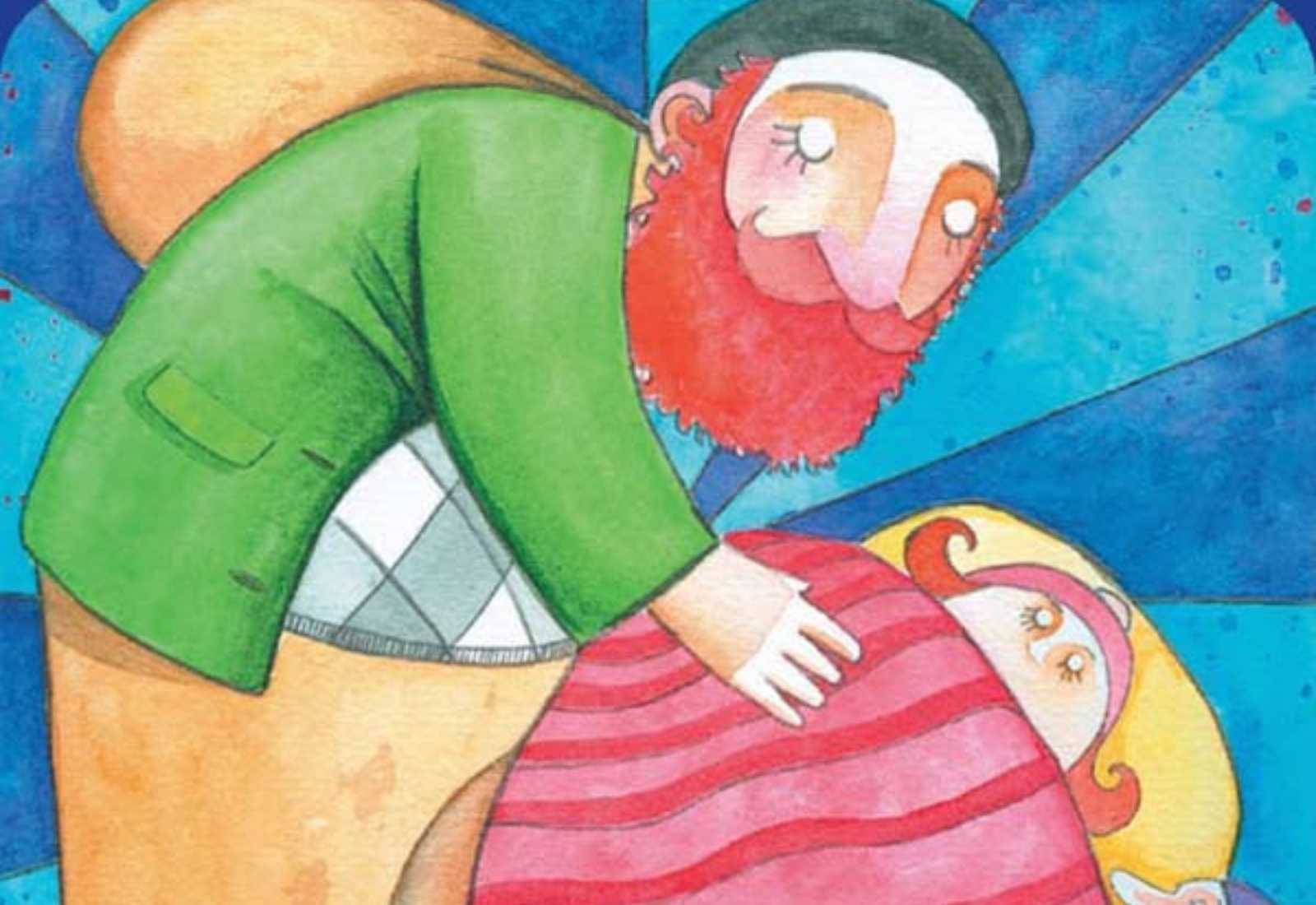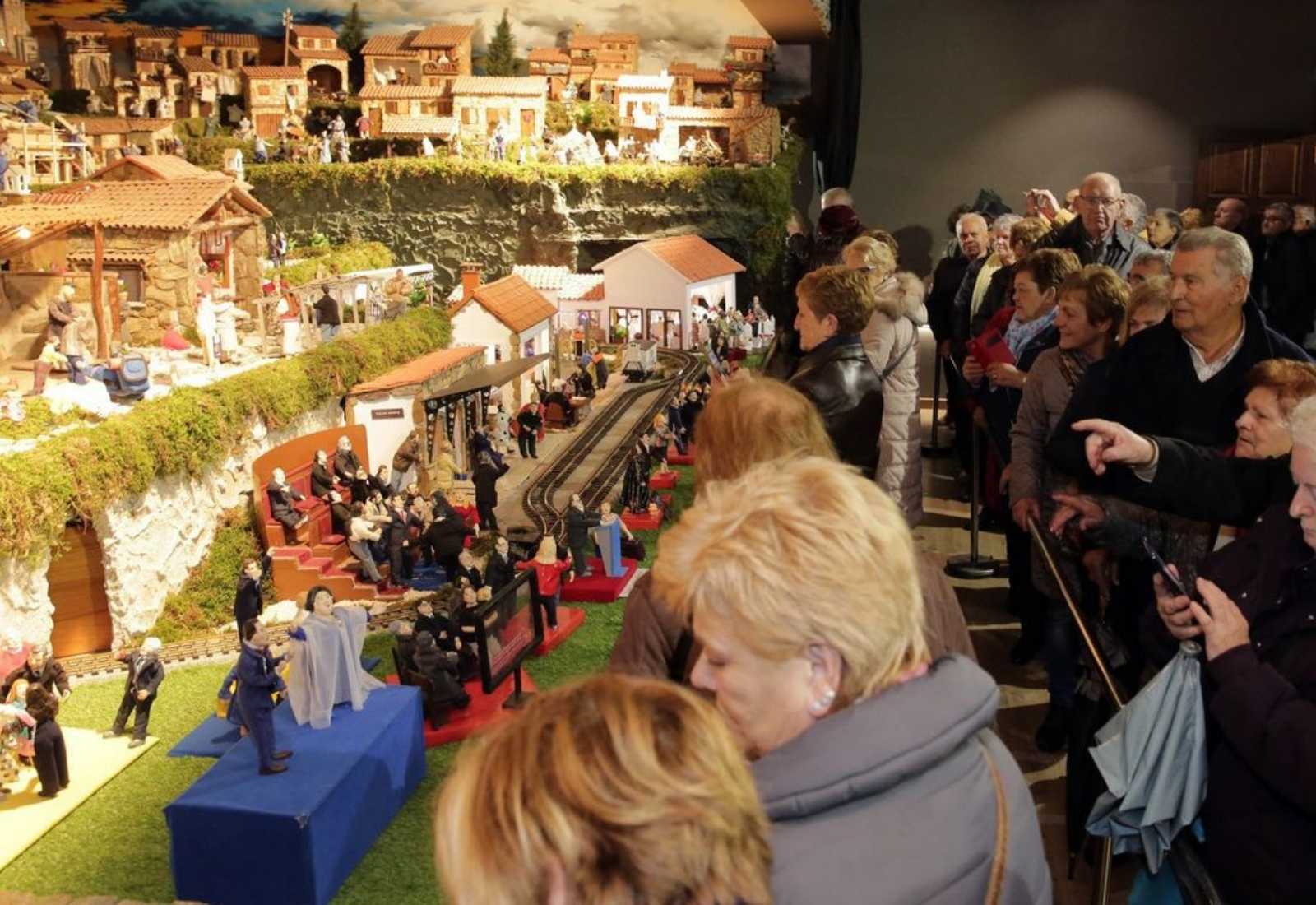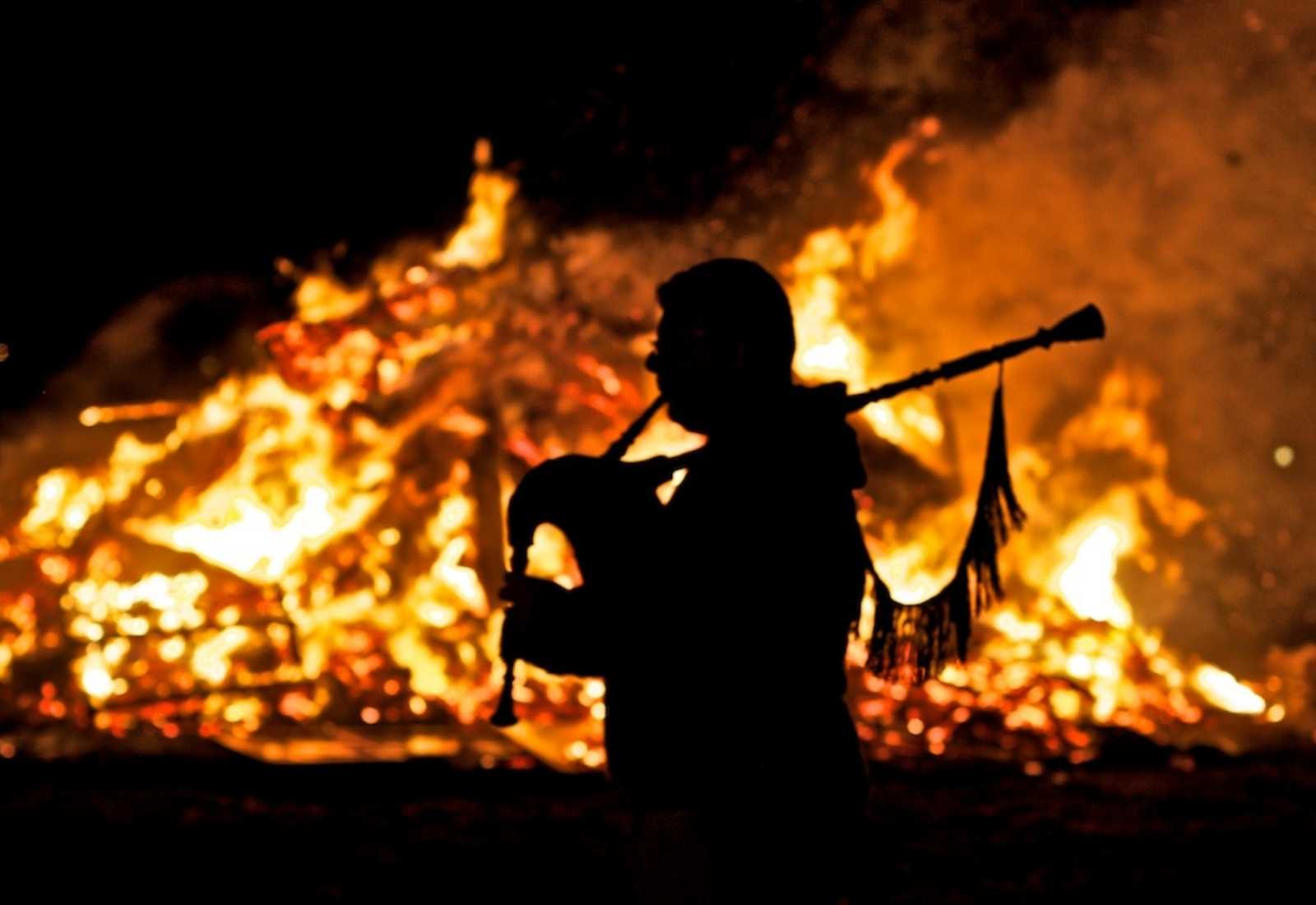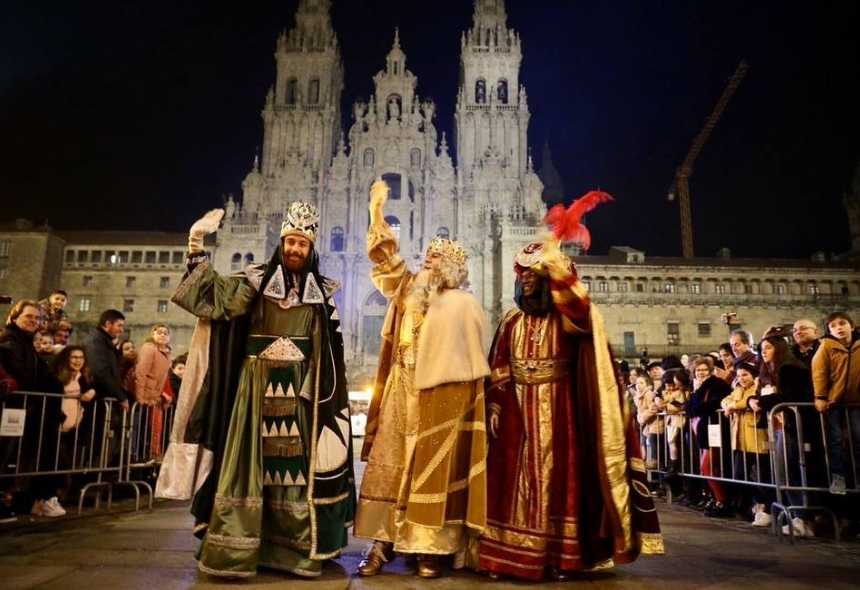- The kind Apalpador, a classic of Christmas traditions in Galicia
- Living nativity scenes, a popular tradition passed down from generation to generation
- Cuisine: Galicians don’t rely solely on the sea
- Panxoliñas or Galician carols
- The tizón and the lume novo, one of the lesser-known Christmas traditions
- Holy Innocents
- A Christmas Camino de Santiago
Every pilgrim knows very well the virtues of the Camino de Santiago and, of course, the beauty of the landscapes and monuments of the lush and generous Galicia. However, in our land, there is a secret that very few fortunate ones have uncovered. Are you familiar with the Christmas traditions in Galicia?
Galicians are very festive, and we love to celebrate every occasion with joy, festivities, music, and lots of food. In short, the cold of Christmas doesn’t stop us. In the following post, we will introduce you to how we celebrate these holidays in our Terra Galega (Galician land). We promise you will be surprised.
The kind Apalpador, a classic of Christmas traditions in Galicia
He is the star of Christmas and beloved by children. Let us introduce you to Apalpador. He is a Galician Santa Claus, a character who always leaves a gift for children during the Christmas season.
Present in all the routes of the Camino de Santiago, this traditional coal worker visits children’s homes while they sleep. Stealthily, he touches their belly (hence the name) to see if they are well-fed, and before leaving, as a gift, he leaves them a handful of chestnuts.
Apalpador is a tradition deeply rooted in inland areas such as the mountains of Ancares or those of O Courel, where the French Way passes through. He is recognizable by his brown beard, beret, warm clothing, sack, and staff, and there are similar characters in other regions of Spain: the Basque Olentzero, the Catalan Tió, or the Cantabrian Esteru.

The kind Apalpador, a classic of Christmas traditions in Galicia.
Living nativity scenes, a popular tradition passed down from generation to generation
In Galicia, you can find living nativity scenes in both homes and public places and places of worship. Some municipalities are known for their animated nativity scenes, considered of tourist interest.
In Valga (Pontevedra), where the Portuguese Way passes through, they have a handmade and animated nativity scene with over 4,000 figures, including famous characters. In Begonte (Lugo), there has been a veteran electronic nativity scene since 1972, which also includes scenes from the local culture of Terra Chá.
Noteworthy is also the nativity scene of the Third Order of Saint Francis in Ferrol, where the English Way begins. With decades of history, in order to properly animate this nativity scene manually, its moving figures have to rehearse their roles every year.

The nativity scene of the Third Order in Ferrol, where the Camino Inglés passes through.
Cuisine: Galicians don’t rely solely on the sea
As it is well known, there is a lot of seafood and fish on our Christmas tables. However, to the surprise of many, we don’t rely solely on the sea. In Villalba, where the Northern Way passes through, the tradition of capón (a kind of rooster) is very famous, and the fair held there marks the beginning of Christmas.
On the other hand, for a long time, there was a tradition of fasting before Christmas when eating meat was not allowed. So, people made use of vegetables and easily preserved fish, giving rise to a star dish: cod with cauliflower.
Of course, nowadays, stews, laconadas, and more are quite common, especially for recovering from celebrations like New Year’s Eve. In this regard, one dish stands out, common to all the Jacobean routes, and that is none other than galician broth, a classic for every pilgrim in Galicia and a dish that can revive the dead.
Panxoliñas or Galician carols
Panxoliñas are similar to Spanish carols, as they are songs sung during Christmas. However, carols have a liturgical component that panxoliñas lack, and panxoliñas have a more popular character and are sung in front of nativity scenes in homes or public places. There are subgenres, so to speak, such as “nadais,” sung on December 25th, New Year’s songs, aguinaldos, Reyes songs, and even the Apalpador’s own song.
The tizón and the lume novo, one of the lesser-known Christmas traditions
As we were telling you about the Christmas lights on the Jacobean routes, Christmas is a holiday of pagan origin adapted to Christianity, celebrating the winter solstice. In Galicia, Christmas is still celebrated through ancestral cultural elements related to this date.
We are referring to the tizón or Christmas log, an old wooden trunk that was lit and symbolized the transition from the old to the new, from the past to what is to come. The fire was sometimes kept burning until New Year’s Day, or it was lit on certain days, or even used during stormy days. The lume novo or new fire is an example of a group tradition at Christmas. At night, neighbors would gather and light a communal fire to guide the souls of their departed loved ones.

A piper playing in the lume novo.
Holy Innocents
As we mentioned earlier, Galicians are very festive and enjoy playing pranks, and like the rest of Spain, we also celebrate the Feast of the Holy Innocents on December 28th. In some places, it was even celebrated after the Midnight Mass on December 24th or even on St. Stephen’s Day, December 26th.
A Christmas Camino de Santiago
As you can see, in Galicia, we have a rich cultural heritage and a strong desire to celebrate. Have you ever considered walking the Camino de Santiago in winter? If you’re thinking about doing the Camino de Santiago at Christmas, getting to know these traditions will be a great addition to your pilgrimage. Because there are experiences you have to live at least once in your life.
Bo Nadal (or Merry Christmas)!












Leave A Comment